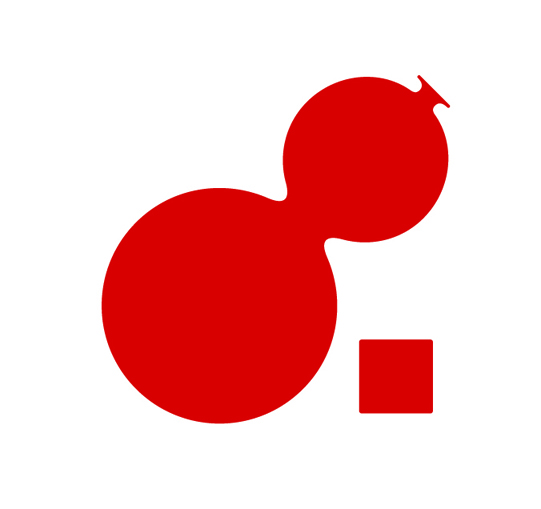The koji & the yeast
The koji
Koji is used in Eastern Asia brewing. In the case of Sake, the koji mold grows directly on the grain of rice.It is called Bara-koji. In Sake brewing Ki-koji (yellow koji mold) is used.
( Bara-koji is used to produce shochu and awamori, which are Japanese distilled spirits, but different koji mold in used )
But, another region in Eastern Asia,for example China, Mochi-koji (glutinous rice cakes) are used, which are kneaded into grains by kneading grains with water.As for the type of koji mold, Kumonosukabi and Kekbi are used.
As a raw material for sake, “Koji” is written as “Kome-koji”(rice-koji) on the label of Sake. In the following, this is expressed as “Koji” for simplicity.
The rice saccharifies with the enzyme contained in the koji, and the yeast consumes it to ferment the alcohol.

Yeast
In order to produce alcohol through fermentation, Sake brewing needs yeast.
Until the beginning of the Meiji era, breweries did not add yeast as it is today, instead they used the yeast that lived in the brewery to live naturally. It was not only decide that it was good for Sake flavour, but in some cases it was prevented the negative influence of bad yeast.Therefore, at present, many breweries use purely cultured good yeast that produces good quality Sake for sake brewing.
Representative yeasts used for Sake brewing include Kyokai(※) No. 7 (from Masumi), Kyokai No. 9 (from Kumamoto Sake Brewery Research Institute: Kouro), Kyokai No. 6 (from Aramasa), Alps yeast, Shizuoka yeast, Miyagi, Yamagata yeast, and Flower yeast etc.
※:Kyokai mean Nippon Jyozo Kyokai(Brewing Society of Japan)
Since each yeast has the ability to characterize the quality of Sake, such as those that have a strong fermentative power and produce a aromatic fragrance, The Toji chooses the yeast to achieve the targeted quality.
In addition, the amount of minerals that become nutrients for yeast varies depending on the water used.In this way, unique sake for each brewery is created.
